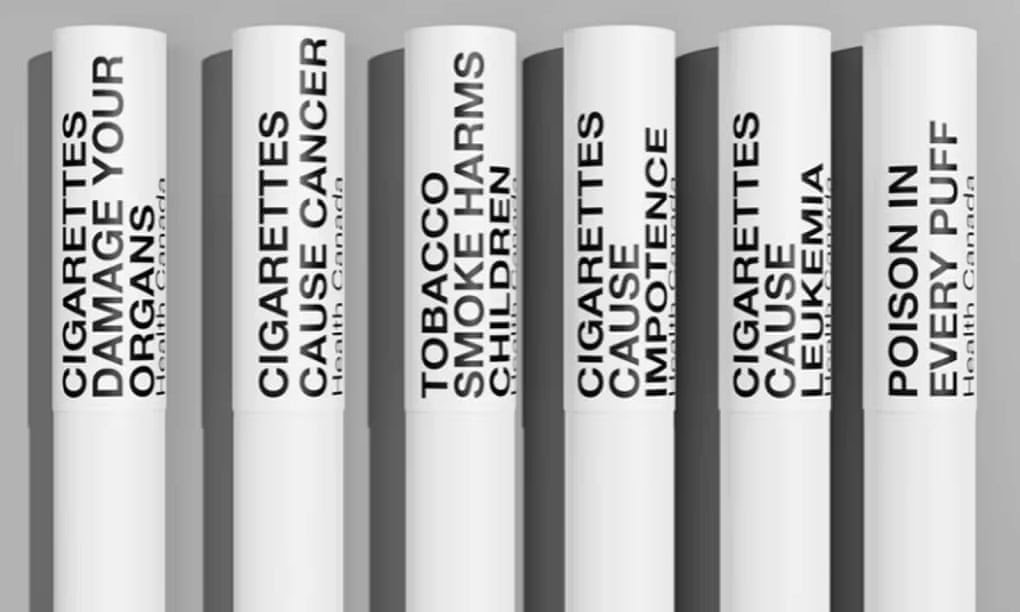In Canada, the fight against the devastating effects of smoking has become a priority. More: a crusade. Trudeau's State will go all-in against smoking, armed with new regulations and graphic warnings that leave no room for indifference. New measures destined to shock every smoker, pushing him to think deeply every time he picks up a cigarette. And you can bet that these rules will set the tone.
“Overwritten” cigarettes, a necessary change
Change is often difficult, but when it comes to our health it is essential. terry dean, CEO of the Canadian Lung Association which fights lung diseases welcomed these new Canadian measures (combined in a group of rules called TPAPLR), calling the warnings on individual cigarettes “unique and innovative”. But what exactly does this mean for smokers and the tobacco industry?
La TPAPLR extension it doesn't just change messages. Also try to standardize the size of health warnings on packages. Now, these warnings must occupy at least 75% of the cigarette pack display areas. In summary, to use the words of the Canadian government, it is now “virtually impossible” to ignore these anti-smoking warnings. But will it work?
Restart the battle
Annie papageorgiou, executive director of Quebec Council on Tobacco and Health, pointed out that it has been more than 10 years since the graphic images on cigarette packaging were last changed. Too long a pause, considering the evolution of health awareness and the risks associated with smoking.
And then, says Papageorgiou, it's not just about cigarettes. We need more vaping regulations and increased tobacco taxes in the future. Still, they would like to see a cost recovery tax imposed on companies that make tobacco products. A move that could help balance the economic and health impact of smoking on society.

Will they be a new standard?
“We still have too many smokers in Quebec – too many people dying from tobacco,” Papageorgiou said. About 48.000, according to the statistics. The fight against tobacco is far from over, but every step forward is noteworthy. With these new regulations, Canada aligns itself with the conventional framework ofWorld Health Organization on tobacco control, e reaches New Zealand in intransigence on this issue.
How about? Are these new regulations a step in the right direction? The march seems long but inexorable: in 1965 he smoked half of Canadians, today it is 13%. Above all: can Canada inspire other countries to follow suit? Only time will tell, but one thing is certain: the fight for a smoke-free world is getting fiercer.


